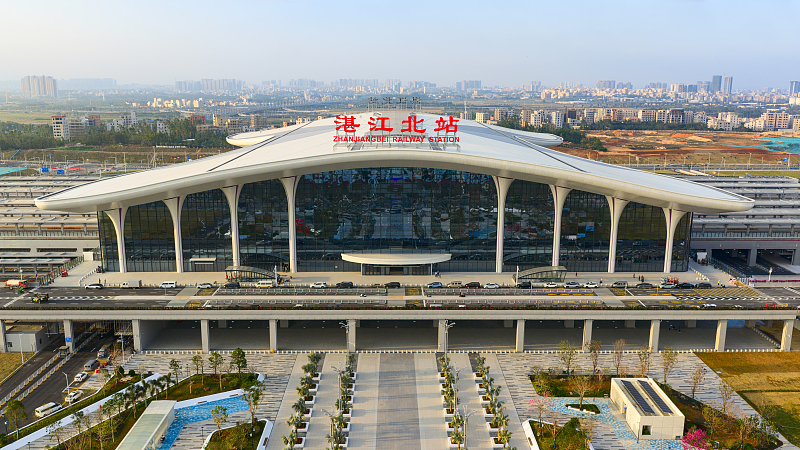When Donald Trump returned to the White House earlier this year, his team promised “liberation.” But in just 100 days, tariffs surged and zero-sum thinking took over, leaving U.S. farmers, factories, and consumers to pick up the pieces.
Across the heartland, producers face bankruptcy as export orders evaporate and input costs spike. Manufacturing plants are shutting their doors, and everyday shoppers are feeling the pinch in higher prices and fewer choices.
At the same time, traditional allies in Asia and Europe are hedging their bets. From boardrooms in Tokyo to capitals in Brussels, businesses are diversifying supply chains and exploring new partnerships beyond the American market.
Meanwhile, the Chinese mainland is charting a different course. By cutting import duties for 43 least-developed countries, deepening ties with ASEAN, the EU, and the Global South, and maintaining an open stance, it's banking on construction over confrontation.
The lesson is clear: in a world reshaped by tariffs and tension, economies that build bridges will outlast those that erect walls. As global trade routes realign, cooperation may prove the most resilient strategy of all.
Reference(s):
Watch: When tariffs fail the world, an anchor steadies the storm
cgtn.com




